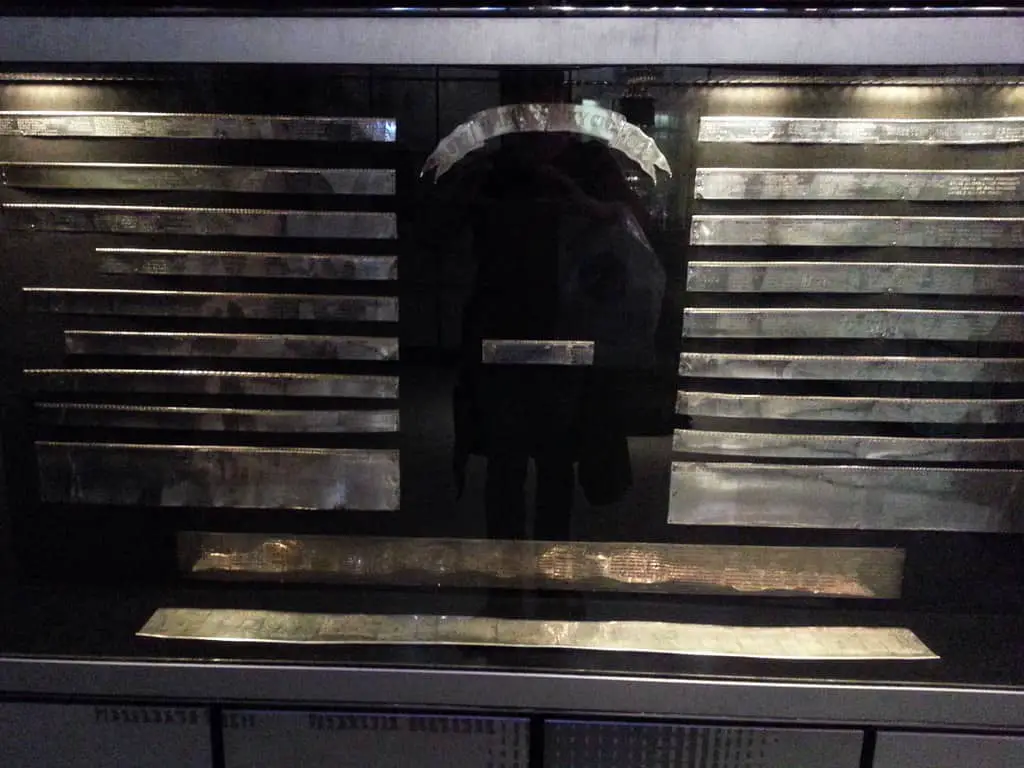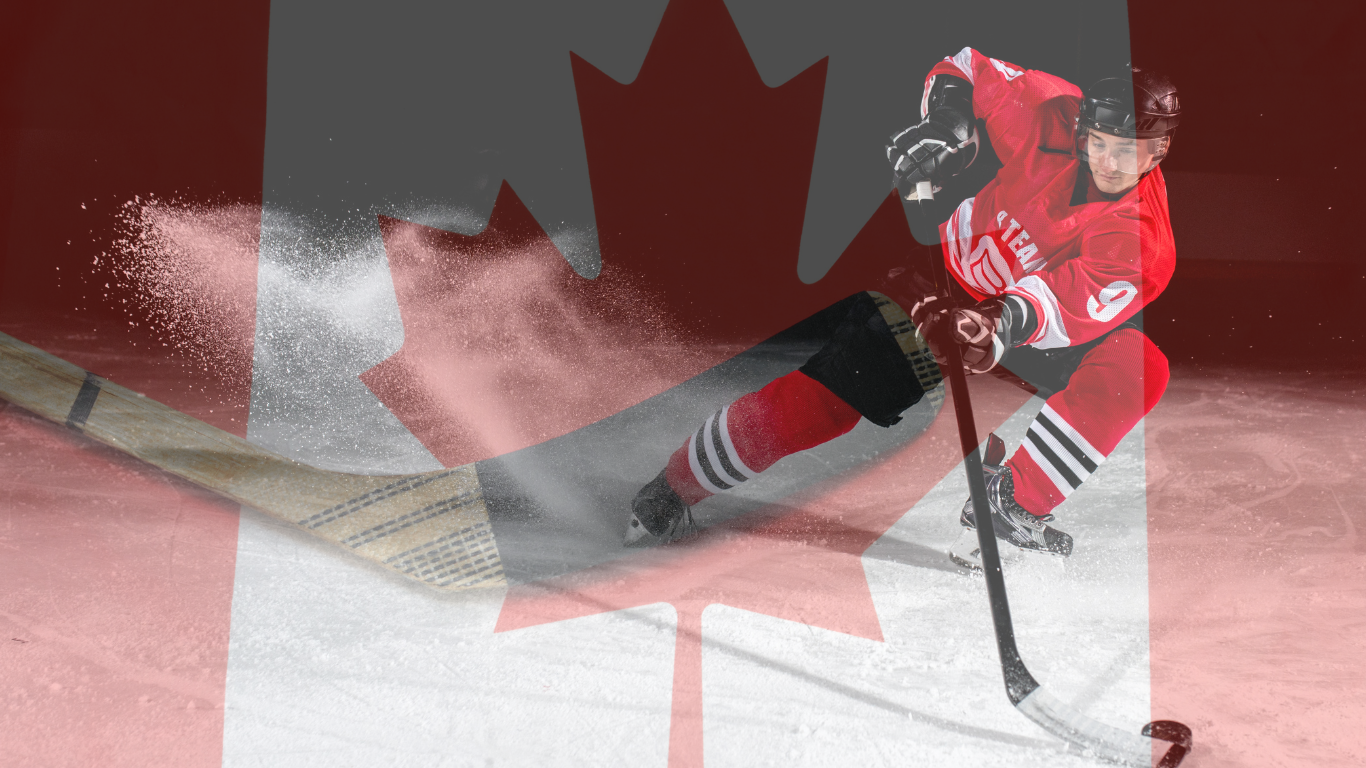One of the most unique features of the Stanley Cup trophy is that each player’s name, who is a part of the team that wins the Stanley Cup Finals, is etched onto the bottom ring of the multiple bands that comprise everything below the cup.
When the Stanley Cup’s bands are full, once every thirteen years, the top band, which comprises the oldest of the names engraved onto the trophy, is removed, and a brand new band is added to the bottom. This creates a constant rotation, where the top is removed while the bottom continues to add up.
The most recent top band to be removed was done in 2018, removing NHL teams from the 1953 to 1954 season up to the 1964 to 1965 season. The new band, rotating into the trophy on the bottom, will contend the Stanley Cup winners, Washington Capitals, from the 2017 to 2018 season.
What Happens to the Old Band?

The band that comes off is officially retired to the NHL Hall of Fame, where the original Stanley Cup trophy, the Old Dominion trophy that owes its inception to Lord Stanley of Preston, is currently housed.
The NHL’s Stanley Cup trophy is one of the most recognizable trophies in the world and probably the only trophy that is not only comprised entirely of silver but is also ever-evolving. It will also contain the names of the players on 75 years’ worth of teams.
That’s a pretty impressive feat and one that has not been replicated by any other professional trophy in the world. In 1991, the NHL decided to eschew the ways of the original trophy, and start removing a band every thirteen years, rather than continually adding bands to the top.
If they continued to do it that way, the trophy would eventually have to be retired and the process would start all over again. Since a band was removed in 2018, another band will not be removed until the completion of the 2029 to 2030 season.
That team will have its names engraved on a new, bottom band, while the top band comes off before ending up at the Hall of Fame.
How Are the Bands Removed?
Louis St. Jacques is the silversmith who both engraves the names and removes the bands each time it comes around. She also removes the band to do her work, before carefully returning it to its place until the 13 years have elapsed.
The NHL has only ever employed four silversmiths to perform this special and ritualistic duty. They don’t just send the job out to the highest bidder but are ritualistic themselves about who gets the duty and for how long.
St. Jacques has been in the business of engraving names into the silver bands of the Stanley Cup trophy since 1989. Of course, that means she also removes and adds bands every thirteen years.
However, she doesn’t begin to engrave the newest names until every winning player on the team has had their one day to take the cup home, another rich tradition within the NHL.
Ultimately, once the band is removed and transported to the Hall of Fame, it is flattened out and placed on display amongst the other bands that have previously been removed. It will remain there for the rest of its days, or until time does what it does.
The Stovepipe Cup
Before the Stanley Cup that we all know of today, there was the original Stanley Cup, which received the curious moniker, the “Stovepipe” Cup.
Unlike the current Stanley Cup, the bands on the original were neither as big as the current ones nor were they removed. With less than half of the diameter of the current bands, the original bands stacked up and up, until the trophy resemble a long, silver cylinder with a bowl on the top.
In fact, it resembled a stove pipe so much that the name stuck and it became known as the Stovepipe Stanley Cup.
That cup was the reason that we have today’s version of the Stanley Cup, as several, prescient people who mattered decided that the trophy would eventually become unwieldy and ridiculous.
Because of the design deficiency of the original, the Stanley Cup was redesigned in both 1948 and 1957, becoming the Stanley Cup that you see today and beginning the long tradition of rotating and retiring bands, full of the engraved names of NHL legends.
The current Stanley Cup contains five bands and it will always contain five bands, though the bands will shift and change as the years go by. Since its inception, three bands have been permanently removed from the trophy.
- Champions from 1928 to 1940
- Champions from 1941 to 1953
- Champions from 1954 to 1965
What Happens to the Stanley Cup When a Team Wins It?
As part of the tradition of winning the Stanley Cup Finals, every player on the winning team gets to keep the Stanley Cup for one day. Of course, that’s part of why there is visible damage on the Cup today.
It’s been dropped, sank to the bottom of two house pools, fallen on, peed in (allegedly by a baptized baby), and even spent 24 hours at the bottom of a canal.
Nevertheless, the tradition of lending the Stanley Cup out to each player for a single day continues. St. Jacques doesn’t even bother engraving the new names only the silver band until this tradition is fully and completely exercised.
After its engravings are completed, the Stanley Cup spends roughly 200 days on the road, traveling from place to place and spending a lot of time in public exhibits or as a display for large gatherings or conferences.
Final Thoughts
There is no other trophy in the world that does what the Stanley Cup does. Its continuing evolution is unprecedented and unknown when it comes to other trophy traditions. As such, it is one of the most popular and well-loved trophies in the world.
As the years go on, it will eventually change again, with another band retired to the Hall of Fame. Fortunately, that isn’t the end, as other team names will eventually join its hallowed ranks.



